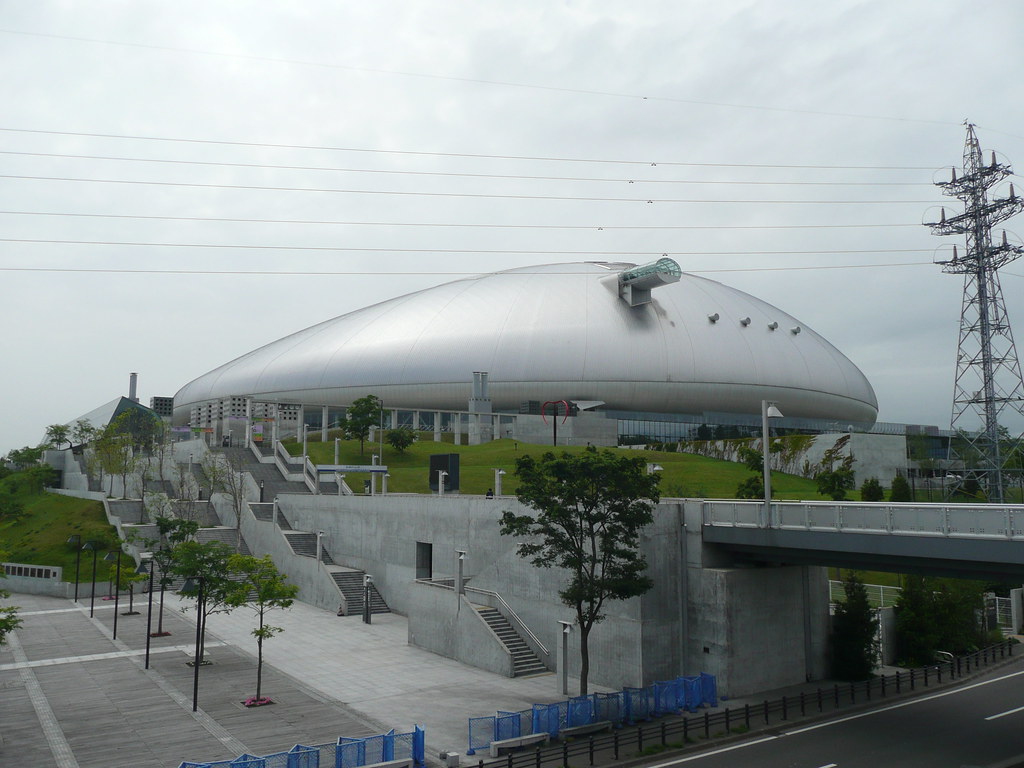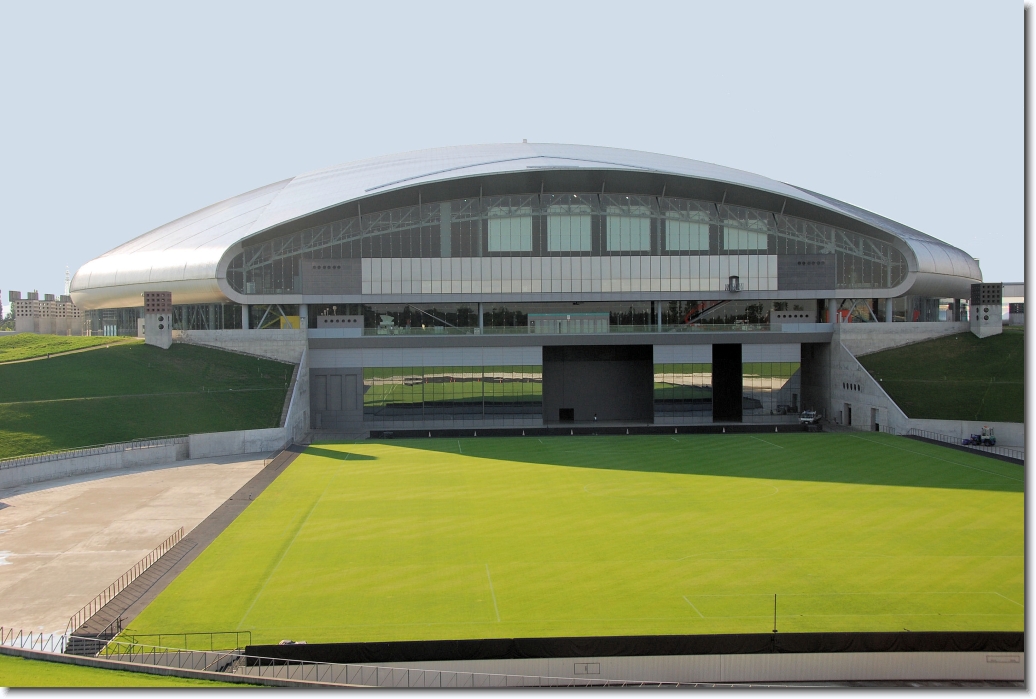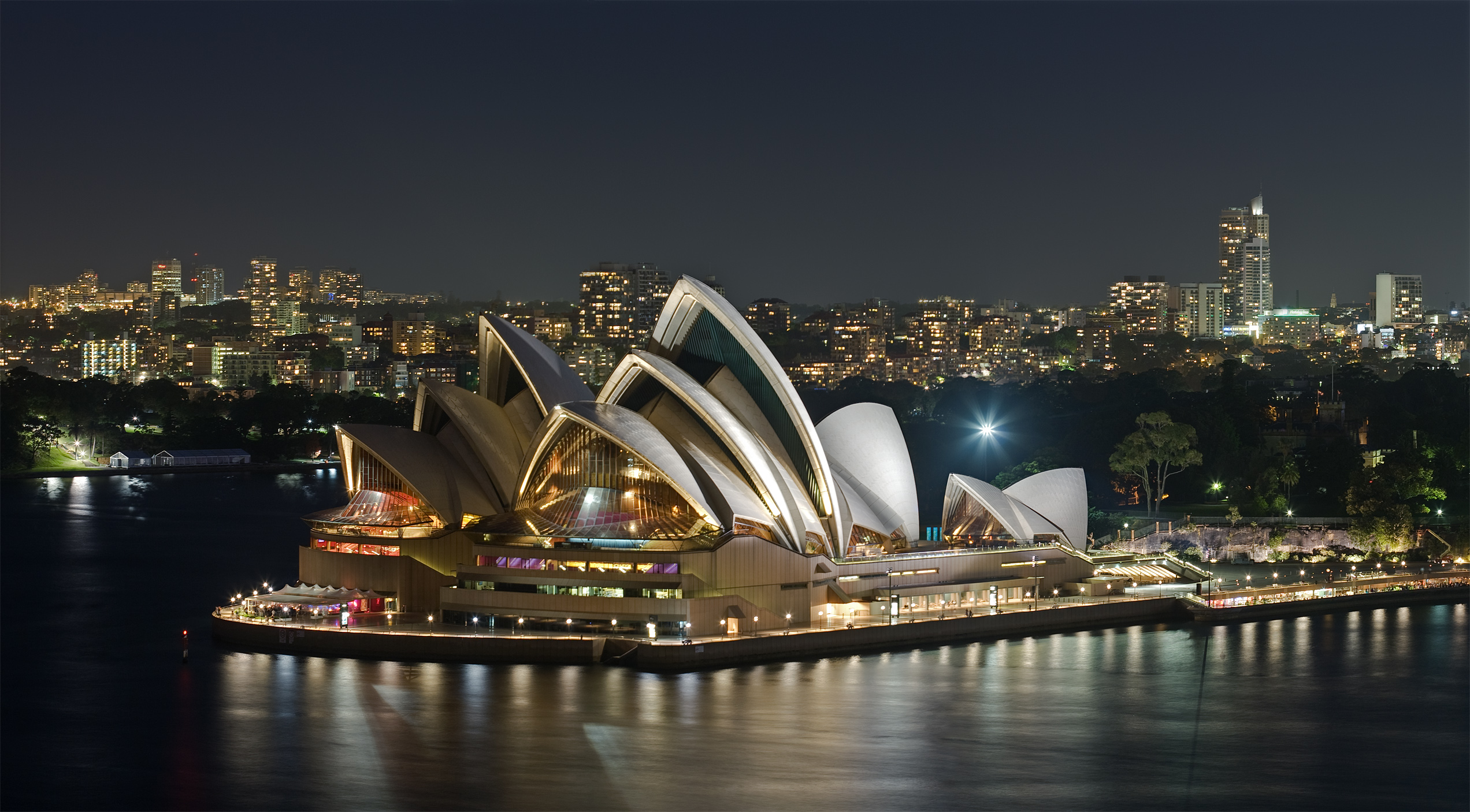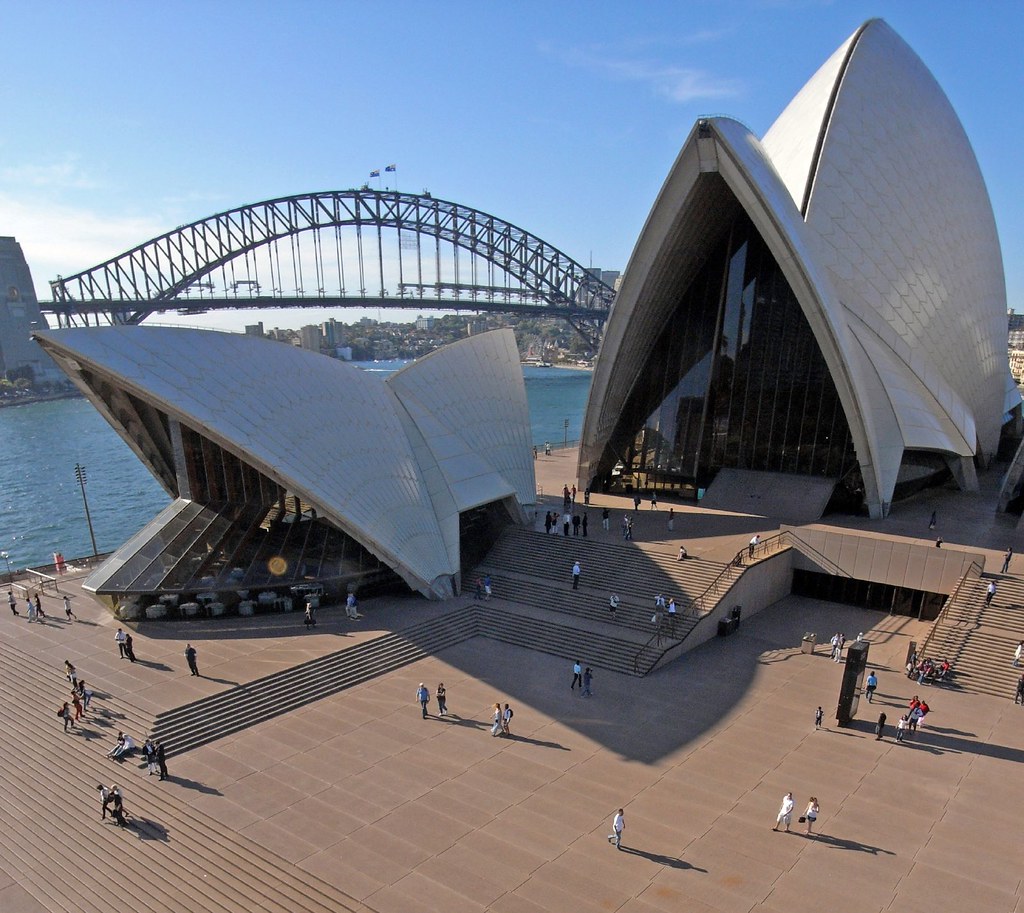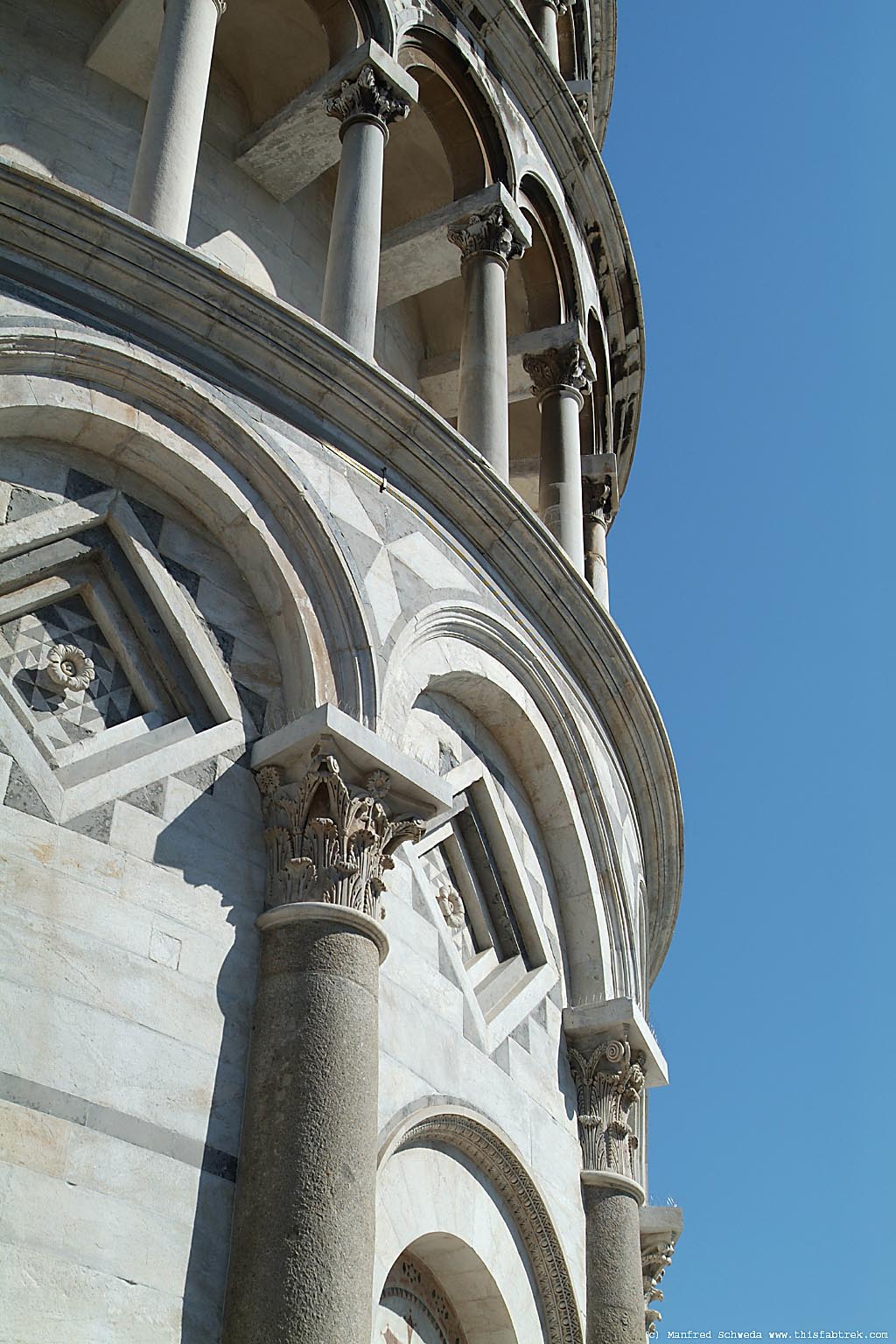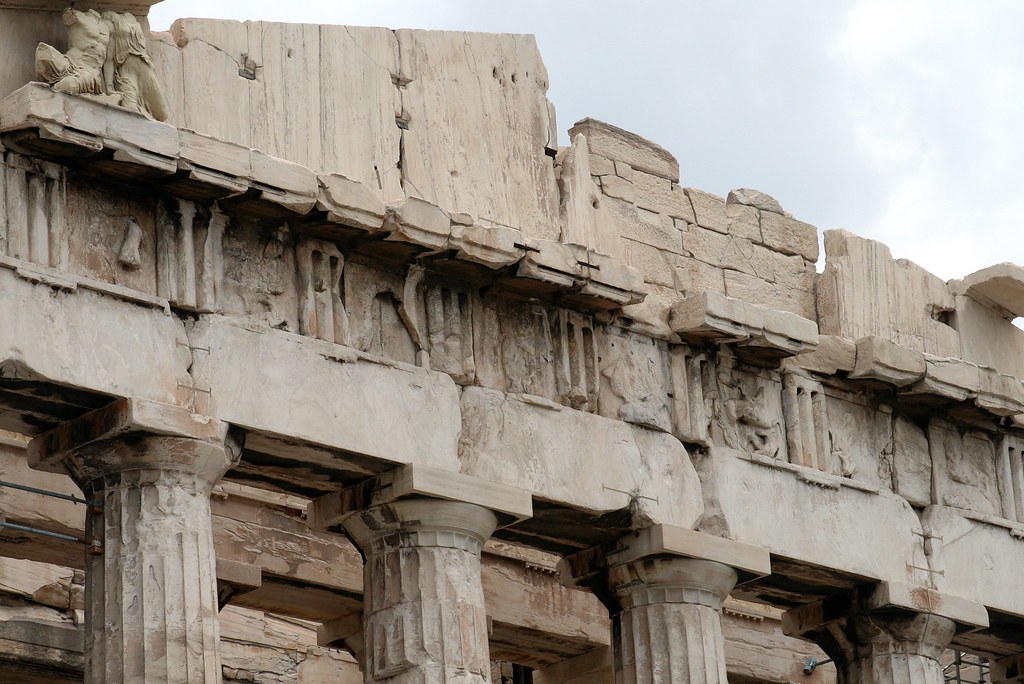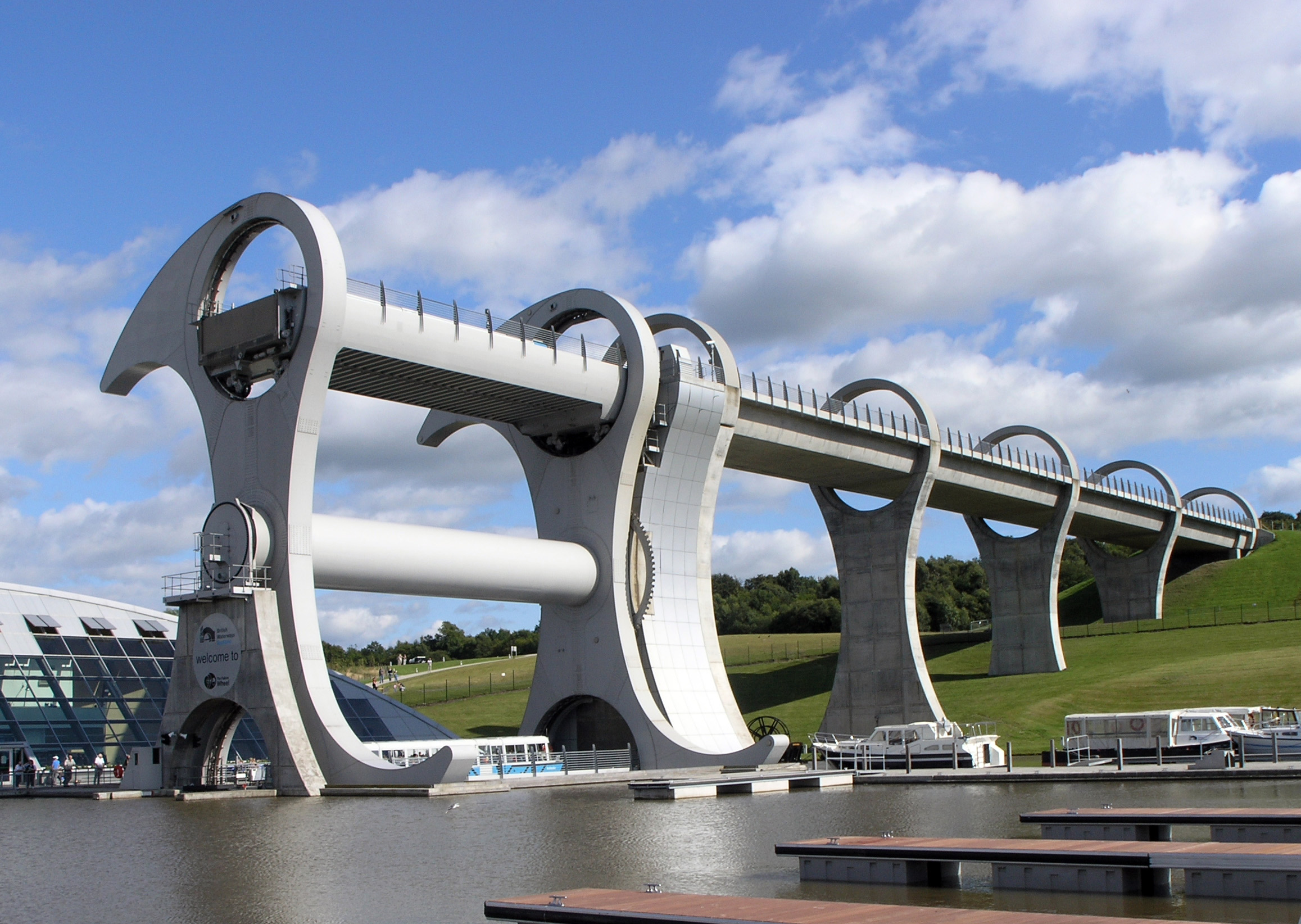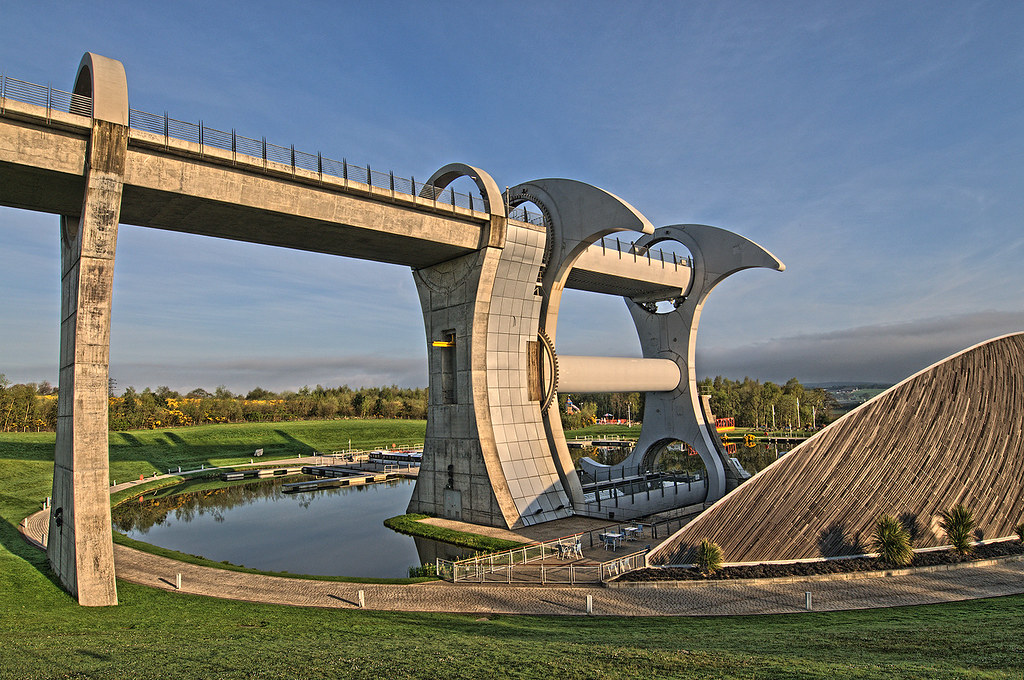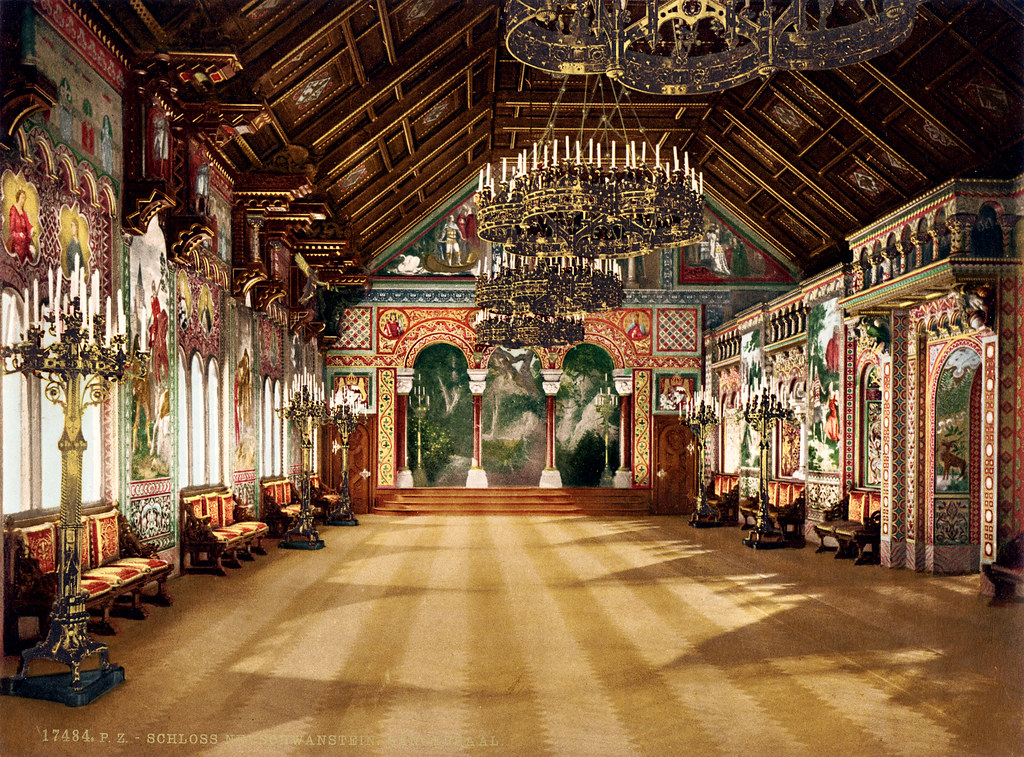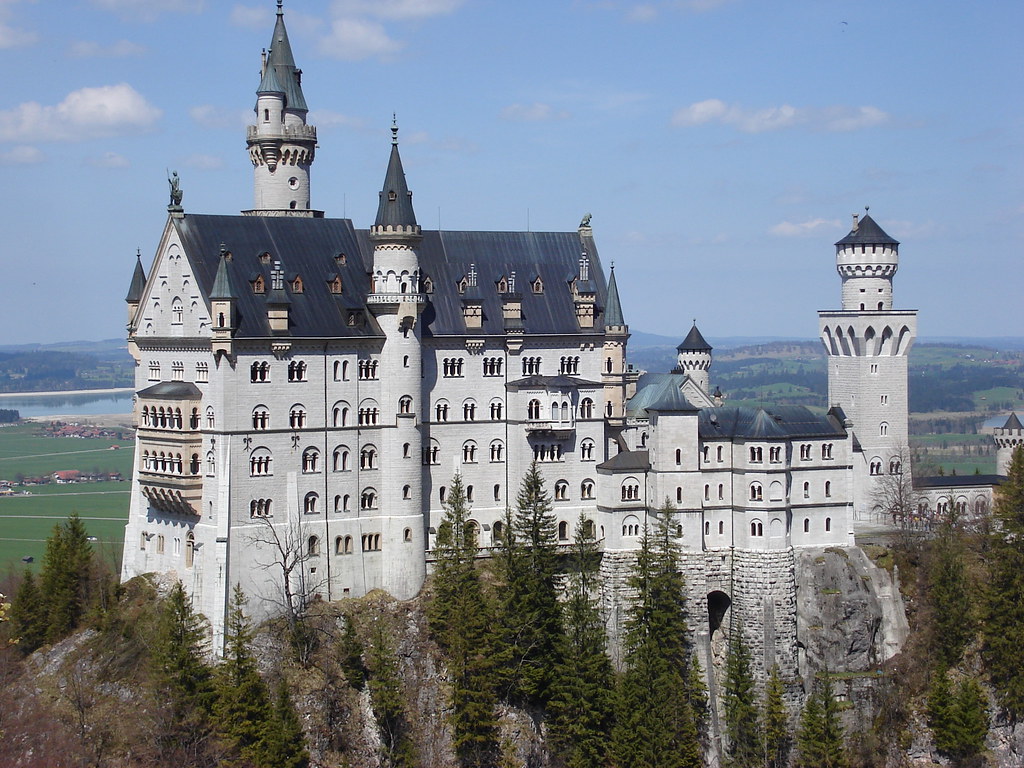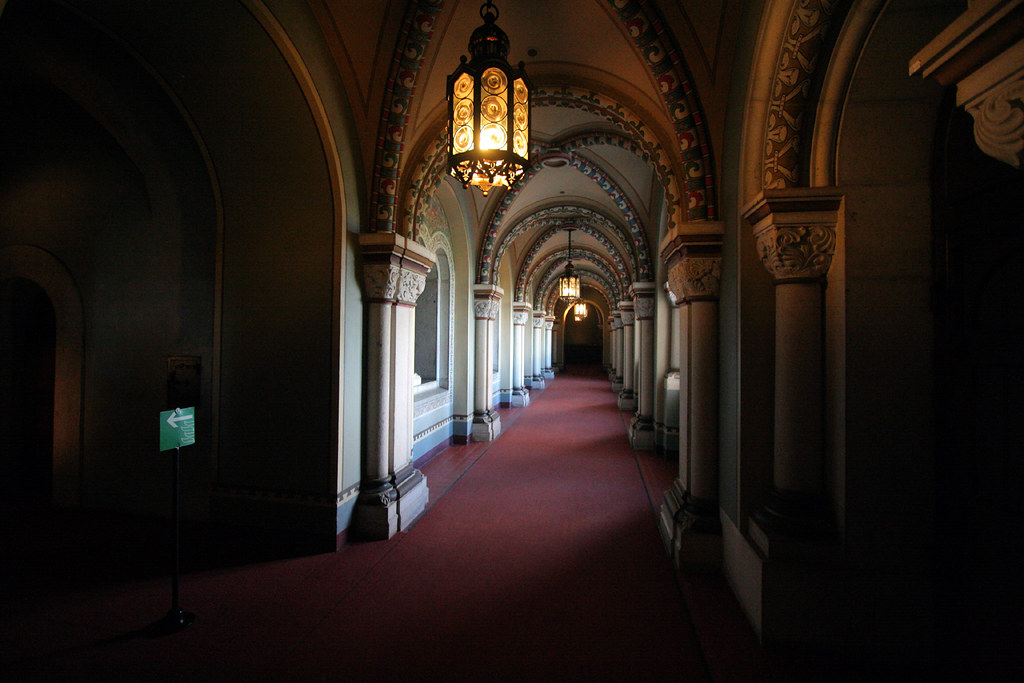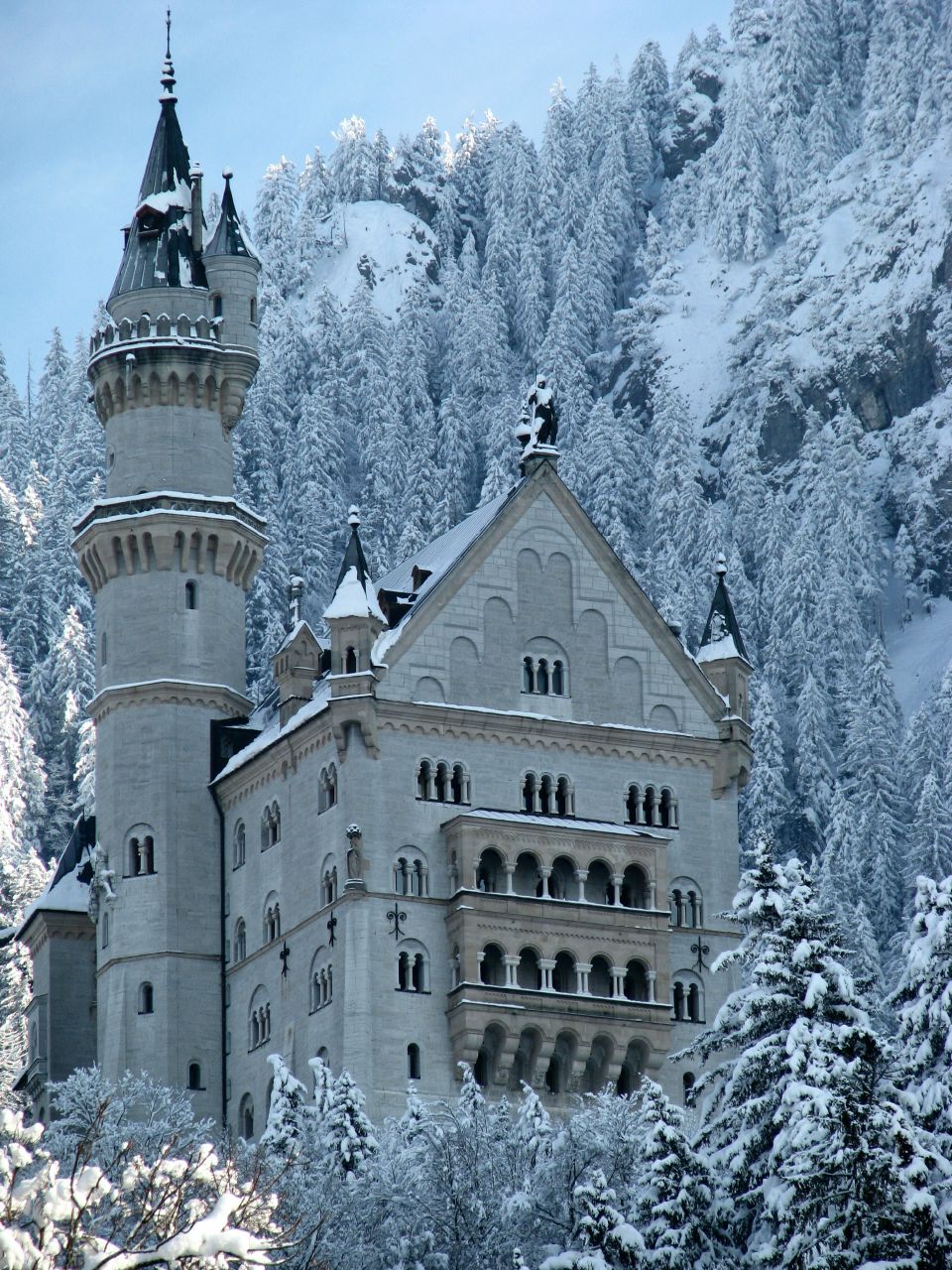Sapporo Dome
The Sapporo Dome is a stadium located in Toyohira-ku, Sapporo, Japan, and is primarily used for baseball and football. It is the home field of the baseball team Hokkaido Nippon Ham Fighters and the football club Consadole Sapporo.

Hitsujigaoka, where Sapporo Dome is located, is a 40 minute car ride from New Chitose Airport. In Hitsujigaoka stands the statue of Doctor Clark, whose words "Boys, be ambitious!" still influence the people of Hokkaido today. The 31 hectare "Garden of Sports", which has no equal in the world, is located on a beautiful hill surrounded by rich Hokkaido greenery. Sapporo Dome is nicknamed "HIROBA",meaning an open space. In this all-weather supersized dome, many exciting events are held in front of over 40,000 spectators. There is no rain or snow here. There are only dreams. Sapporo Dome,as a new base of sports and entertainment in Hokkaido, and a new tourist spot in Sapporo, will fill the mind of visitors with excitement.
The Dome hosted the opening ceremonies to the 2007 FIS Nordic World Ski Championships on February 22 and hosted the closing ceremonies of the championships on March 4. It also made history as being the first venue where both indoor and nighttime skiing events took place for the first time on a world championship or Winter Olympic Games level with competitions in the cross country skiing sprints (men's and women's individual, and men's and women's team) and the cross country portion of the 7.5 km sprint event in the nordic combined. In order to generate snow, the stadium used its turf conversion hovering system to facilitate the snow making process for the skiing competitions. The opening ceremony featured Maki Ohguro, a local artist from Sapporo, Japanese drum demonstrations and other performances paying tributes to local customs and traditions. For the championships, seating capacity was reduced to 30,000.
The Dome hosted the opening ceremonies to the 2007 FIS Nordic World Ski Championships on February 22 and hosted the closing ceremonies of the championships on March 4. It also made history as being the first venue where both indoor and nighttime skiing events took place for the first time on a world championship or Winter Olympic Games level with competitions in the cross country skiing sprints (men's and women's individual, and men's and women's team) and the cross country portion of the 7.5 km sprint event in the nordic combined. In order to generate snow, the stadium used its turf conversion hovering system to facilitate the snow making process for the skiing competitions. The opening ceremony featured Maki Ohguro, a local artist from Sapporo, Japanese drum demonstrations and other performances paying tributes to local customs and traditions. For the championships, seating capacity was reduced to 30,000.
The Dome was used at the 2008 Rally Japan for a super special stage. The Dome is interesting in that it switches between two entirely different surfaces. Baseball games are played on an artificial turf field, while football games are held on a grass pitch that slides into and out of the stadium as needed. Some other stadiums that feature sliding pitches include the Gelredome in the Netherlands, Veltins-Arena in Germany and University of Phoenix Stadium in the United States; however, unlike these three facilities, the Sapporo Dome has a fixed roof.
Conversion from baseball to football begins with the storage of the baseball field's artificial turf. Once finished, a set of lower bowl bleachers rotate from an angled position for baseball to a parallel position. A set of main bowl seats on one end of the dome then retracts, and the football pitch is slid into the stadium. The lower bowl is then rotated 90 degrees. Conversion from football to baseball occurs in reverse.
Conversion from baseball to football begins with the storage of the baseball field's artificial turf. Once finished, a set of lower bowl bleachers rotate from an angled position for baseball to a parallel position. A set of main bowl seats on one end of the dome then retracts, and the football pitch is slid into the stadium. The lower bowl is then rotated 90 degrees. Conversion from football to baseball occurs in reverse.
Facility Overview
Structure & floors:
Reinforced concrete, steel flame, steel frame ferroconcrete; 4 floors above ground and 2 below ground
Roof:
Fixed shell-shaped roof; Size: longest part: 245m; shortest part: 227m; surface area: 53,000m2
Fields:
Soccer: Mobile natural turf soccer field (Hovering Soccer Stage): 85m in width x 120 m in length
Baseball: Artificial turf; 100m for each wing and 122m for the center
Stands:
Single slope stands (cone-shaped, one-layer type); no. of fixed seats: 41,484; capacity: 53,796
Monitor:
Full-color, large monitor, LED style (7m x 25m); Sub-scoreboard: LED style (2.5m x 13m)
Total construction cost:
42.2 billion yen
Space:
Height: 68 m (from arena surface)
Area: compound area: 305,230m2 ;construction area: 55,168m2 ;total floor area:98,226.21m2; arena area: closed arena: 14,460m2 open arena: 18,800m2
Cubic capacity:1.58 million m3 (closed arena)
Outside facilities:
Parking: 1,351 ordinary vehicles (advance payment for events);bus terminal: 48 berths; taxi stand: 48 taxis; bicycle parking: 206 bicycle and 112 motorcycles
Soccer training ground: 2 fields (including one field with artificial turf)
Facilities for people with disabilities:
Wheelchair seating capacity: 117; toilets: 25 (including 2toilets for ostomates); parking: 50 vehicles; elevators: 11; voice guidance system: 2 locations; Braille blocks.
Read more...
Structure & floors:
Reinforced concrete, steel flame, steel frame ferroconcrete; 4 floors above ground and 2 below ground
Roof:
Fixed shell-shaped roof; Size: longest part: 245m; shortest part: 227m; surface area: 53,000m2
Fields:
Soccer: Mobile natural turf soccer field (Hovering Soccer Stage): 85m in width x 120 m in length
Baseball: Artificial turf; 100m for each wing and 122m for the center
Stands:
Single slope stands (cone-shaped, one-layer type); no. of fixed seats: 41,484; capacity: 53,796
Monitor:
Full-color, large monitor, LED style (7m x 25m); Sub-scoreboard: LED style (2.5m x 13m)
Total construction cost:
42.2 billion yen
Space:
Height: 68 m (from arena surface)
Area: compound area: 305,230m2 ;construction area: 55,168m2 ;total floor area:98,226.21m2; arena area: closed arena: 14,460m2 open arena: 18,800m2
Cubic capacity:1.58 million m3 (closed arena)
Outside facilities:
Parking: 1,351 ordinary vehicles (advance payment for events);bus terminal: 48 berths; taxi stand: 48 taxis; bicycle parking: 206 bicycle and 112 motorcycles
Soccer training ground: 2 fields (including one field with artificial turf)
Facilities for people with disabilities:
Wheelchair seating capacity: 117; toilets: 25 (including 2toilets for ostomates); parking: 50 vehicles; elevators: 11; voice guidance system: 2 locations; Braille blocks.


